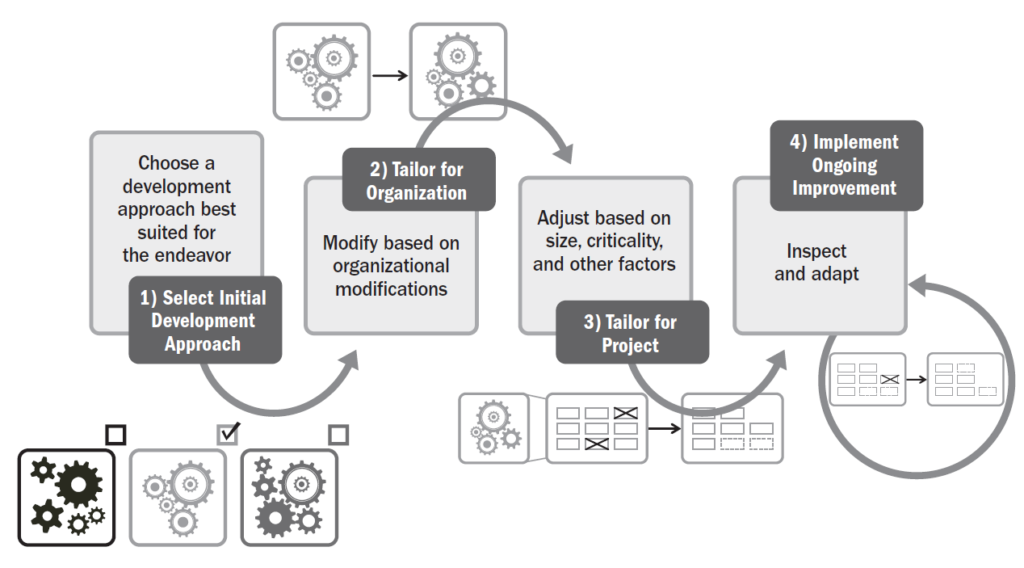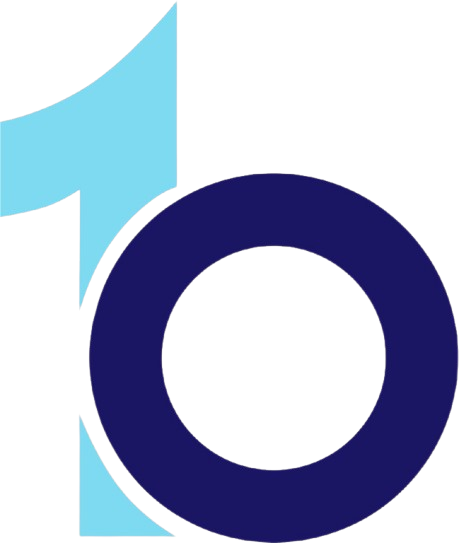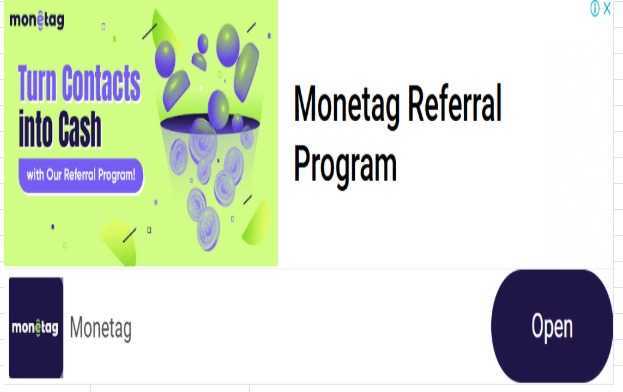Introduction
In the evolving world of project management, success is increasingly determined by how well professionals can adapt, communicate, and tailor their approaches to fit the needs of each project. The PMBOK® Guide – Seventh Edition, published by the Project Management Institute (PMI), introduces a shift from the process-heavy structure of past editions to a more flexible and principles-based framework. Within this framework lies a crucial trio of tools known as Models, Methods, and Artifacts (MMAs).
These three elements form the practical backbone of the new PMBOK approach, offering project teams a wide range of resources to plan, execute, and evaluate projects effectively. This blog explores each of these components in depth and provides guidance on how to use them strategically to enhance project success.
What Are Models, Methods, and Artifacts in PMBOK?
The PMBOK Seventh Edition defines Models, Methods, and Artifacts as tools and techniques that help project teams apply project management principles and navigate the 8 Performance Domains. They are not prescriptive or mandatory, but rather suggestive and tailorable, meaning project managers can adopt and adapt them according to the specific needs of their projects.
1. Models
Models are simplified representations or frameworks that help explain, visualize, or analyze a particular aspect of a project or its environment.
Purpose of Models:
- Support strategic thinking
- Facilitate decision-making
- Clarify complex relationships or systems
- Predict outcomes or behaviors
Examples of Common Models:
- SWOT Analysis (Strengths, Weaknesses, Opportunities, Threats): For understanding internal and external project factors.
- Stakeholder Cube: Assesses stakeholders by interest, influence, and attitude.
- Shannon-Weaver Communication Model: Explains the process of communication, highlighting potential points of failure.
- Maslow’s Hierarchy of Needs: Understands team motivation and engagement.
- Conflict Resolution Models: Such as Thomas-Kilmann Conflict Mode Instrument (TKI) to manage disagreements effectively.
- Agile Onion Model: Represents Agile transformation layers from practices to culture.
Models help project managers create mental frameworks for problem-solving and strategy development.
2. Methods
Methods are structured procedures or techniques used to carry out specific project tasks or functions. They help implement plans, manage processes, and ensure quality and consistency in project delivery.
Purpose of Methods:
- Drive consistent practices across teams
- Support planning and execution
- Provide predictability and reliability
Examples of Common Methods:
- Critical Path Method (CPM): Identifies the longest sequence of dependent tasks.
- Work Breakdown Structure (WBS): Decomposes project work into manageable components.
- Lean Six Sigma: Focuses on continuous improvement and waste reduction.
- Scrum: An Agile method for iterative development using roles, ceremonies, and artifacts.
- Kanban: Visual workflow management to optimize efficiency.
- Monte Carlo Simulation: Quantitative risk analysis through probabilistic modeling.
- Delphi Technique: Gathers consensus from experts anonymously.
- RACI Matrix: Defines roles and responsibilities across project activities.
Methods serve as the how-to guides for implementing project management effectively and consistently.
3. Artifacts
Artifacts are tangible outputs or deliverables produced during the course of a project. They serve as records, plans, and communication tools that help align the project team and stakeholders.
Purpose of Artifacts:
- Document decisions, assumptions, and plans
- Track progress and performance
- Facilitate accountability and transparency
Examples of Common Artifacts:
- Project Charter: Officially authorizes the project.
- Project Management Plan: Provides a roadmap for project execution and control.
- Risk Register: Documents potential risks and response strategies.
- Stakeholder Register: Identifies and assesses stakeholders.
- Issue Log: Tracks problems and their resolutions.
- Lessons Learned Register: Records insights for future projects.
- Burndown/Burnup Charts: Agile tools to track work completion.
- Product Backlog: Prioritized list of features and tasks in Agile.
Artifacts ensure that there is a tangible record of project decisions and performance, supporting continuous learning and process improvement.
Integration of MMAs with Performance Domains
The PMBOK Seventh Edition outlines 8 Performance Domains, which represent essential areas of focus for effective project management. MMAs are integral tools within each domain.
Here’s how MMAs align with some key performance domains:
Performance Domain | Example MMA |
Stakeholders | Stakeholder Cube (Model), Stakeholder Register (Artifact) |
Planning | WBS (Method), Project Management Plan (Artifact) |
Delivery | Scrum or Kanban (Methods), Product Backlog (Artifact) |
Uncertainty | Monte Carlo Simulation (Method), Risk Register (Artifact) |
Team | Conflict Resolution Models (Model), RACI Matrix (Method) |
Measurement | Earned Value Management (Model), Burndown Charts (Artifact) |
This integration ensures that MMAs are not stand-alone tools, but interconnected elements used across the project lifecycle.
Tailoring MMAs to Your Project
Tailoring is at the heart of the PMBOK Seventh Edition. Not every project requires every model, method, or artifact. Instead, project teams must determine:
- Which MMAs are relevant?
- How should they be applied?
- When and by whom should they be used?
Tailoring considers:
- Project size and complexity
- Delivery approach (Agile, Predictive, Hybrid)
- Stakeholder expectations
- Regulatory and organizational environment
For example, a small Agile software project may use Scrum (method), product backlog (artifact), and stakeholder personas (model), while a large construction project may require CPM (method), detailed WBS (artifact), and a communication model.
Benefits of Using MMAs Effectively
Using Models, Methods, and Artifacts effectively offers the following benefits:
- Improved Decision-Making: Models clarify strategic options.
- Efficiency and Consistency: Methods standardize the approach across teams.
- Transparency and Accountability: Artifacts serve as documentation and communication tools.
- Tailored Solutions: Teams can choose the tools that best suit the project.
- Enhanced Collaboration: Shared tools and language promote alignment among stakeholders.
By leveraging the right MMAs at the right time, project managers can significantly improve project outcomes.
Conclusion
The inclusion of Models, Methods, and Artifacts in the PMBOK Seventh Edition reflects a more adaptive and flexible philosophy of project management. Rather than prescribing a one-size-fits-all approach, PMI now encourages practitioners to think critically about which tools are most effective in their unique project environments.
These MMAs form a toolkit that supports the application of principles and domains, helping project teams to plan strategically, execute reliably, and deliver value consistently. Whether you are managing a traditional construction project or an Agile software deployment, understanding and effectively using MMAs can elevate your project management practice to the next level.



